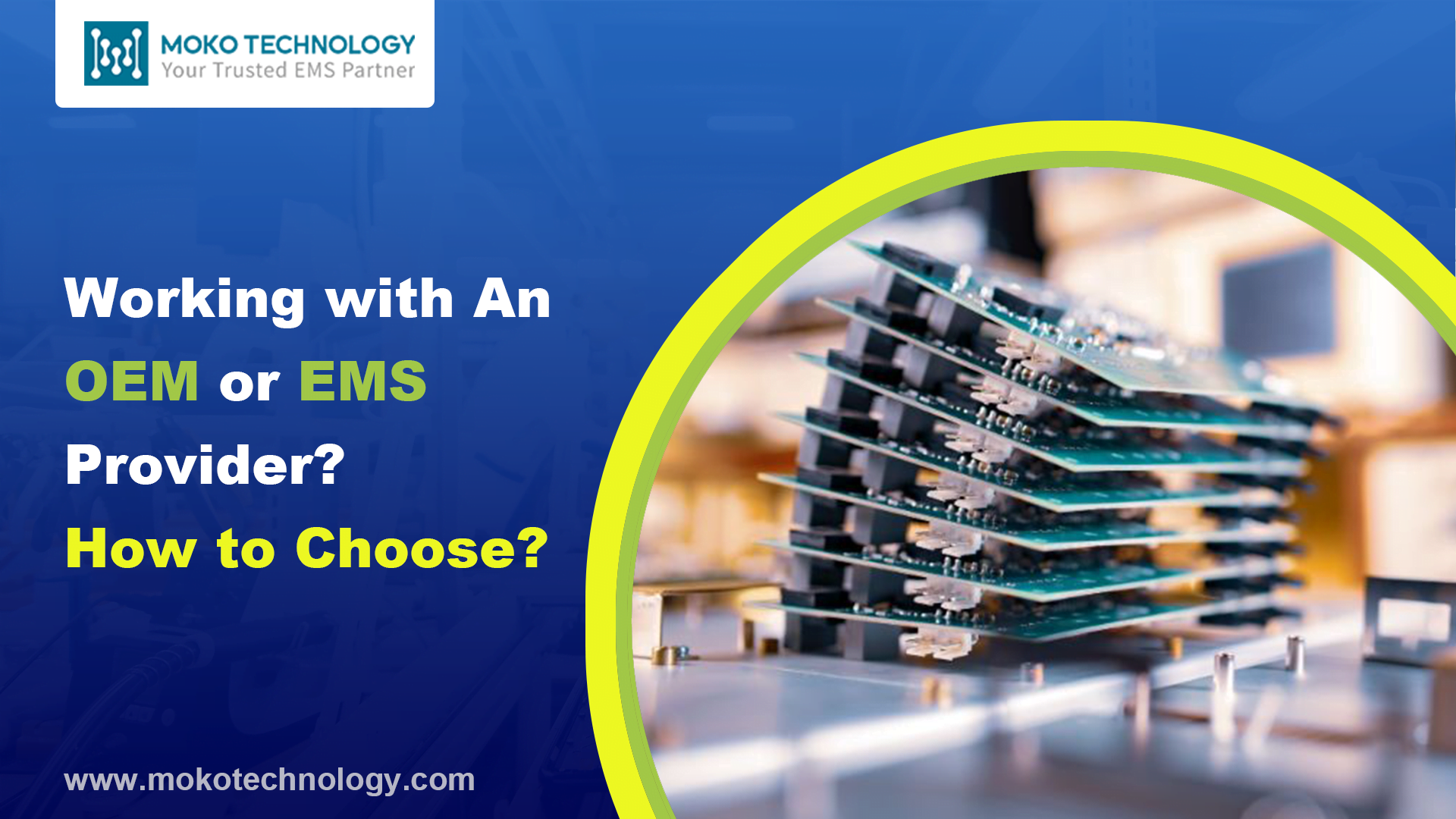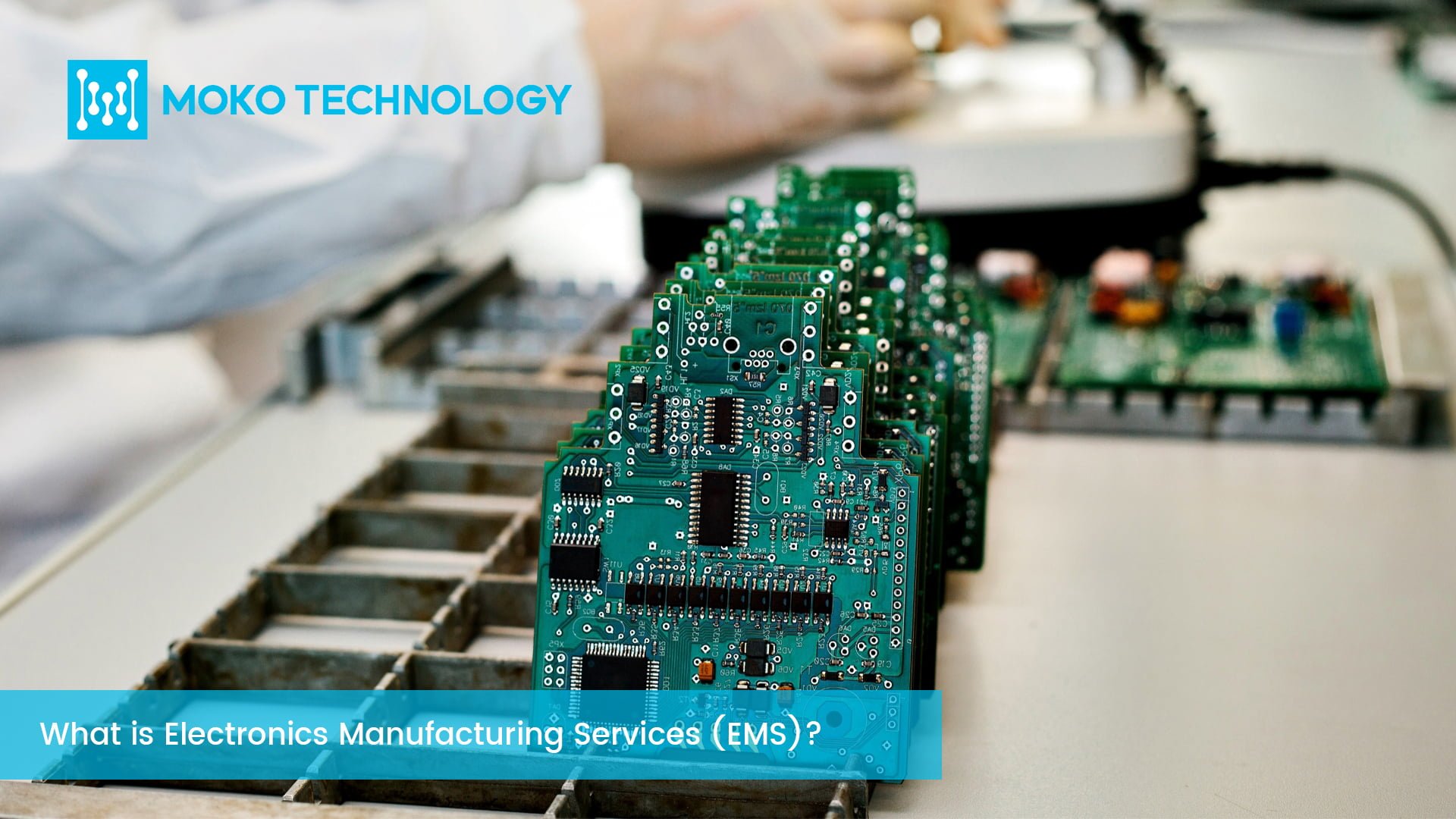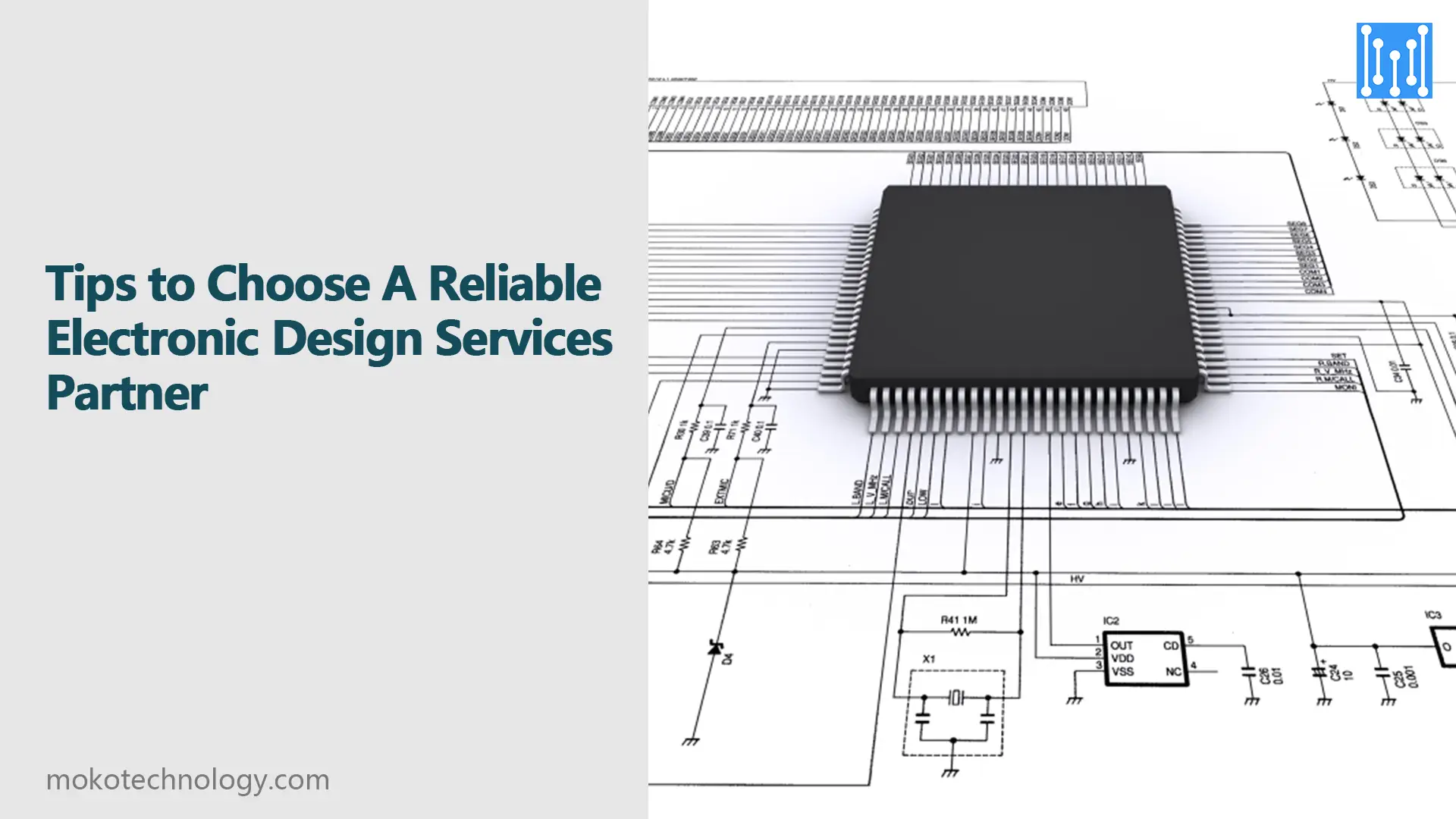The electronics manufacturing industry has been growing rapidly over the last few years. This is due to the increasing demand for electronic devices such as smartphones, laptops, tablets, and other electronic gadgets. To meet this demand, Original Equipment Manufacturers (OEM) and Electronic Manufacturing Services (EMS) providers have emerged as crucial players in the industry. And it is important to understand these two types of providers in order to make an informed decision about which provider to choose for your manufacturing needs.
In this blog, we will explore the differences between OEM and EMS providers, their pros and cons, and how to choose the right manufacturer for your electronic products.
What Is OEM?
Original Equipment Manufacturers (OEMs) are companies that design and manufacture electronic products under their own brand name. They hold responsibility for the whole production process, from design to manufacturing to marketing and sales. OEMs are typically large companies with extensive resources and expertise in product development and marketing. They have their own manufacturing facilities and employ a large workforce of engineers, designers, and technicians.
What Is EMS?
Electronic Manufacturing Services (EMS) providers are companies that offer manufacturing and supply chain management services to OEMs and other companies that need to outsource their manufacturing operations. EMS providers specialize in manufacturing electronic components, assembling them into finished products, and managing the supply chain from raw materials to finished products. EMS providers may also offer additional services such as product design and testing.
Differences between OEM and EMS
OEMs and EMS companies have distinct differences in their priorities, core competencies, and utilization of manufacturing resources. For instance, OEMs usually have surface mount equipment that requires longer setup times but can run faster, along with dedicated build cells and production lines for their product range. In contrast, EMS firms give importance to being agile and make investments in equipment that facilitates quicker changeovers and programming, which leads to enhanced flexibility. However, this might result in lower operating rates.
Furthermore, OEMs design their own products and have an established product portfolio, resulting in a low frequency of new product introductions. Thus, there is no need to share build documentation with third-party suppliers if the OEMs are currently building the products in-house. On the contrary, EMS companies collaborate with several OEMs across diverse markets and are regularly tasked with providing novel products to their clients. Consequently, their New Product Introduction (NPI) procedure necessitates being more sophisticated and resilient to handle the influx of data and inconsistent levels of comprehensiveness for each unique customer and product they produce.
In terms of supply chain expertise, compared to OEMs, EMS companies are required to handle a wider and more worldwide supply chain due to their products for various customers and multiple products, thus requiring advanced supply chain expertise. Additionally, EMS companies often have a more extensive breadth of experience than OEMs’ engineers in designing test solutions for a variety of PCB assemblies and “box build” products.
As a consequence of these differences, the length of time required for an OEM to recoup their investments is usually much longer than that of EMS companies.
OEM vs EMS: How to Choose?

When deciding between working with an OEM or EMS provider, it is important to weigh the unique advantages and disadvantages of each model:
Pros and Cons of Working with an OEM
Working with an OEM has several advantages, on the one hand, OEMs have complete control over the product design and manufacturing process, which ensures high-quality products and enables them to make changes quickly and easily. Additionally, OEMs typically have more resources and experience than EMS providers, allowing them to handle more complex projects and have greater expertise in product design and manufacturing.
However, there are also downsides to working with an OEM. Firstly, OEMs tend to be more expensive than EMS providers due to higher overhead costs associated with their complete responsibility for product design and manufacturing. Secondly, OEMs may be less flexible than EMS providers because they typically follow a specific process and may be reluctant to deviate from it to meet the specific needs of a customer.
Overall, businesses need to carefully consider the trade-offs between the advantages and disadvantages of working with an OEM to decide if it’s the right choice for their specific needs.
Pros and Cons of Working with an EMS Provider
One of the primary benefits of working with an EMS provider is cost-effectiveness as they specialize in manufacturing, enabling them to produce products more efficiently than OEMs. Moreover, EMS providers can tailor their services to meet specific customer needs, providing greater flexibility.
However, working with an EMS provider also has drawbacks. For instance, they may not have the same level of expertise in product design and engineering as OEMs, limiting their ability to handle complex projects. Additionally, EMS providers may have less control over the manufacturing process than OEMs, which can increase the risk of quality issues and product defects.
Key Considerations When Choosing Your Manufacturing Partner
Once you decide between an OEM or EMS provider, the next critical step is selecting the right specific manufacturer within that category. Here are some factors to consider when making this choice:
- Experience: When choosing a manufacturer, it is best to choose a manufacturer with rich experience rather than a novice. The best is a manufacturing company with experience in similar projects. They can better match your needs. More importantly, they can make accurate market forecasts based on past project experience and respond flexibly to changes.
- Quality: Quality should be a top priority when selecting a manufacturer. It is crucial to work with an electronics manufacturer with strict quality controls, as substandard products can ruin your reputation and business. Therefore, it is necessary to understand their quality control process and related certificates to ensure that the products produced meet the quality standards.
- Cost: Cost is an important factor when selecting a manufacturer. While it may be tempting to go with the lowest bidder, it’s important to consider the long-term costs of working with a manufacturer that produces lower quality products or has frequent supply chain disruptions.
- Production Capacity: Make sure the manufacturer you choose has the sufficient production capacity to meet your needs, especially for high-volume projects. Their capabilities determine whether your product will be delivered and launched on time. Reliable manufacturers can always keep up with your schedule because they have industry-leading machines and technology.
- Communication: Effective communication plays a vital role in collaborating with a manufacturer. It is recommended to select a manufacturer who is prompt in their response, open in their dealings, and prepared to cooperate with you in addressing any challenges that may arise. It’s also important to ensure that the manufacturer speaks your language both literally and figuratively.
- Compliance: It is essential to verify that the manufacturer you select conforms to all relevant industry rules and standards regarding compliance. This is particularly important if your product is subject to regulatory compliance such as safety or environmental standards.
Conclusion
Choosing the right manufacturer is critical to the success of your electronic product. OEMs and EMS providers each have their own pros and cons, and the choice will depend on your specific needs and priorities. When selecting a manufacturer, consider factors such as experience, quality, cost, production capacity, communication, and compliance.
If you’re looking for a reliable EMS provider, MOKO Technology is a great option. We have over 15 years of experience in the electronics manufacturing industry and offers a full range of services, including design, prototyping, electronic manufacturing, testing, and assembly. We are able to provide high-quality services at a competitive price, contact us now to get more details.




